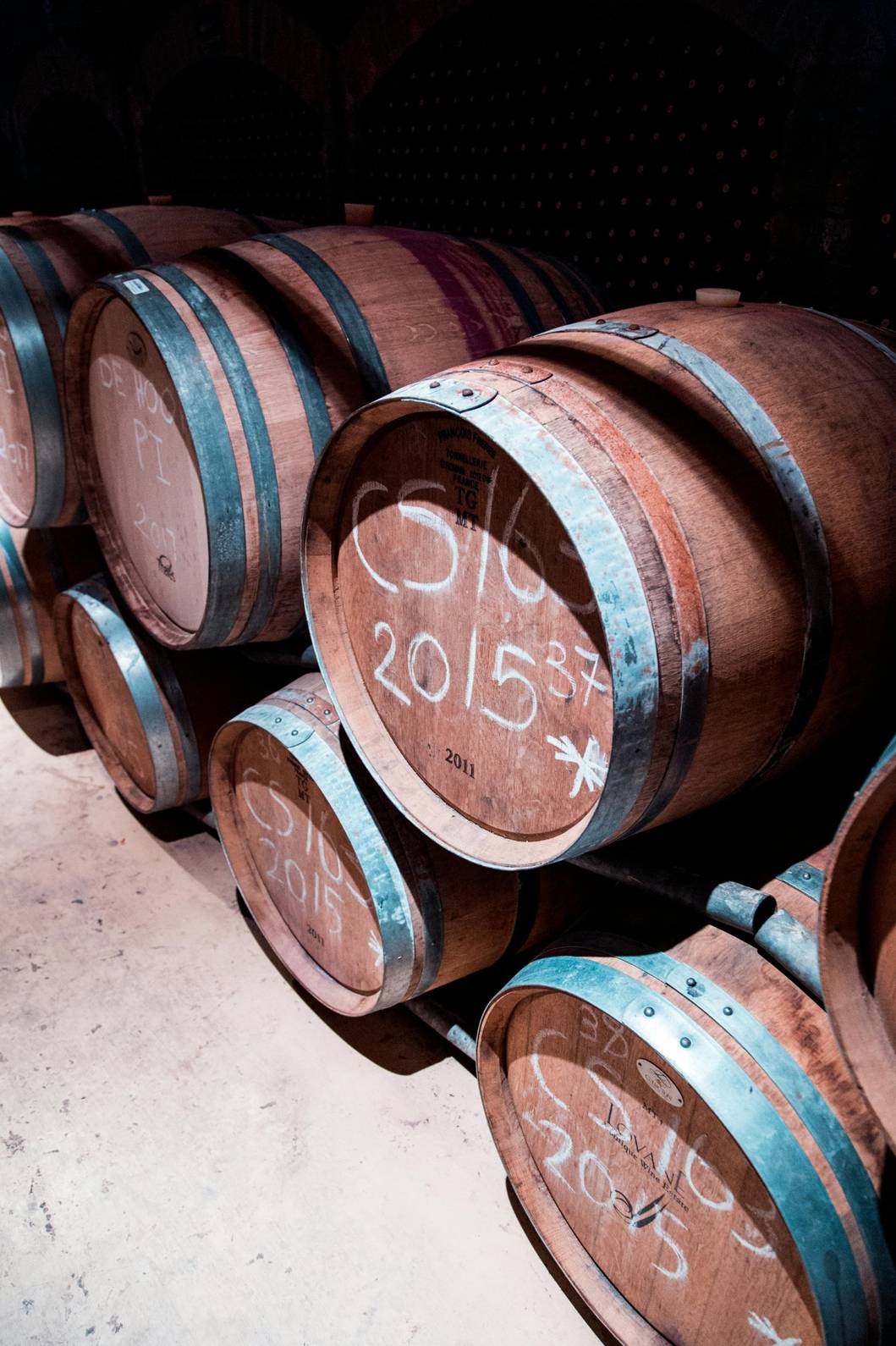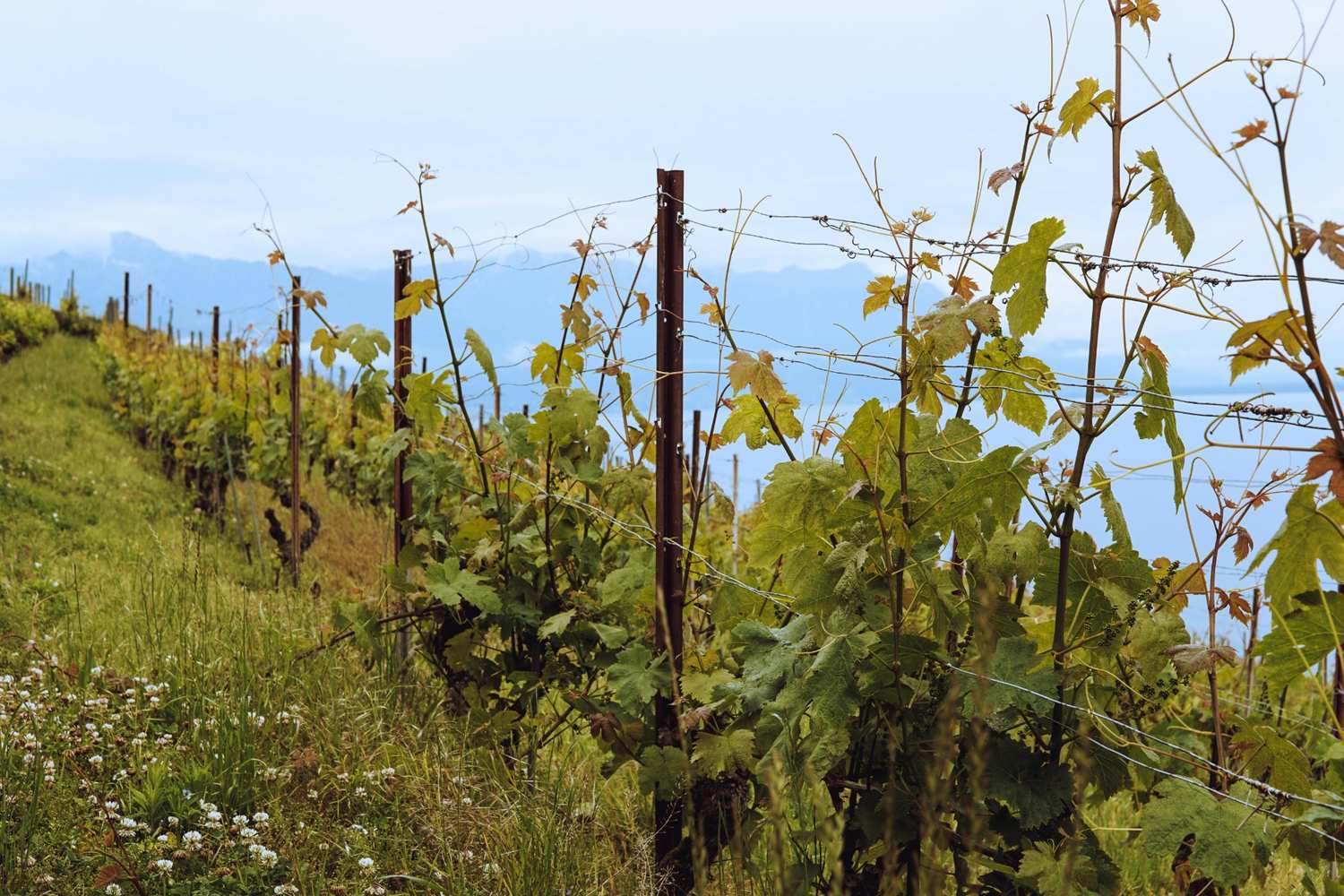How Regenerative Viticulture Builds Climate-Resilient Vineyards

Introduction: A New Era in Viticulture
As climate extremes escalate, vineyards face a growing list of challenges: erratic rainfall, prolonged droughts, soil degradation, and biodiversity loss. The solution? Not just sustainability, but regeneration. Regenerative viticulture isn’t a buzzword—it’s a systems-based farming approach that restores the land, boosts resilience, and delivers environmental and economic returns.
In this blog, we explore five key regenerative practices transforming vineyards into climate-resilient ecosystems, plus how you can measure their impact using data-driven tools.
1. Soil Health is Wealth: Compost, Cover Crops & No-Till
Healthy soil is the foundation of resilient vineyards. Regenerative viticulture emphasizes:
- No-till or reduced tillage to prevent erosion and improve soil structure.
- Composting grape pomace and green waste to return nutrients to the soil.
- Cover crops like legumes and grasses to improve organic matter, nitrogen content, and water retention.
📊 Studies show improved soil health reduces the need for external inputs—saving costs and carbon.
2. Biodiversity Above and Below Ground
Regenerative viticulture welcomes nature back into the vineyard:
- Hedgerows and wild margins create habitat for pollinators and pest-controlling insects.
- Bat and bird boxes encourage beneficial species that reduce the need for chemicals.
- Diverse inter-row planting supports microbial life and natural resilience.
Using biodiversity footprinting tools like ODOS, vineyard managers can track habitat quality and species support—aligning practices with EU biodiversity goals and the SBTN framework.
3. Smarter Water Use with Soil-Based Intelligence
Regenerative systems emphasize water stewardship:
- Using soil moisture sensors to drive irrigation decisions.
- Choosing drought-tolerant rootstocks and training systems that minimize evaporation.
- Enhancing soil organic carbon to boost water-holding capacity.
With climate change increasing water stress, these techniques build drought resilience and reduce dependence on external water sources.
4. Animal Integration & Circular Nutrient Loops
Innovative vineyards are reintroducing animals to create closed nutrient cycles:
- Sheep grazing between vineyard rows eliminates mowing and fertilizes the soil.
- Chickens or ducks can control pests naturally, reducing chemical inputs.
This brings a dual benefit—enhancing biodiversity and lowering GHG emissions associated with external fertilizers and diesel-powered equipment.
5. Regeneration Pays Off: Economic & Carbon Benefits
While regenerative practices are ecological in nature, they also:
- Reduce input costs (fertilizers, irrigation, fuel).
- Enhance wine quality through healthier vines.
- Sequester carbon in soils and biomass, improving the vineyard’s climate footprint.
🔍 ODOS tools help quantify these benefits through carbon and biodiversity footprinting, supporting CSRD compliance and investor confidence.

Key Takeaways for Vineyard Managers
✅ Regenerative viticulture enhances soil health, water efficiency, and biodiversity.
✅ Practices like no-till, cover cropping, and composting reduce emissions and increase resilience.
✅ Tracking your footprint is key to communicating progress—especially under CSRD.
✅ Regenerative viticulture is not just sustainable—it’s strategic.
How ODOS Helps Regenerative Vineyards
At ODOS, we work with vineyard owners and cooperatives to:
- 📍 Measure Space for Nature in your vineyard.
- 📈 Detect regenerative vineyards remotely for third-party certification.
- 🧾 Conduct climate scenario analysis to assess vulnerability to climate change.
👉 Discover how ODOS helps you regenerate and report with confidence.
